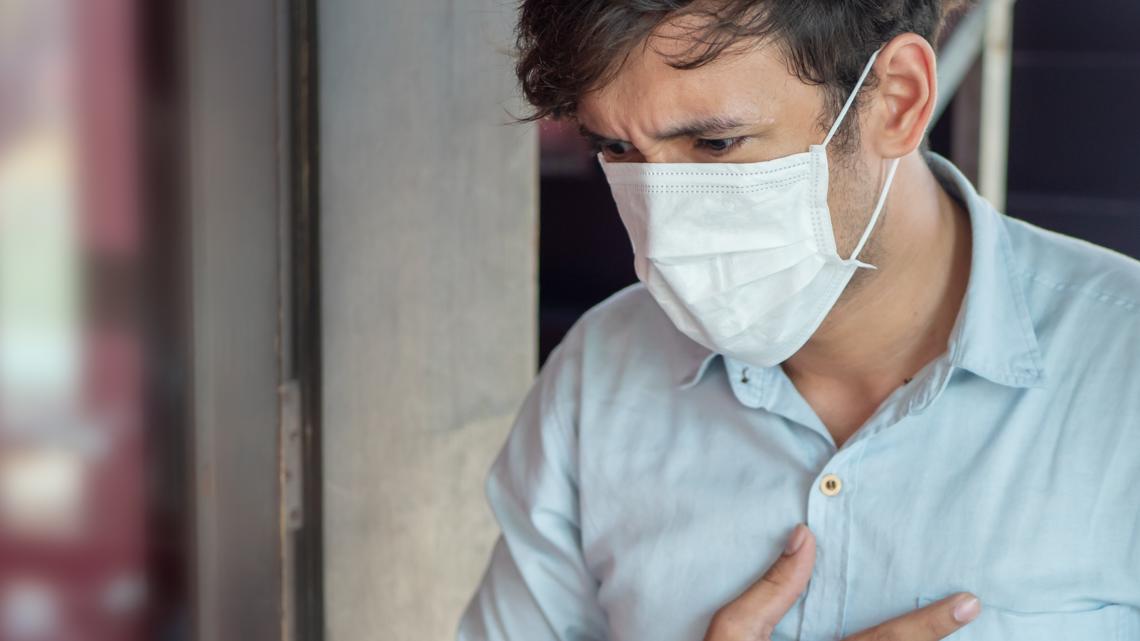Taking on Inequities in Pediatric Respiratory Care

VIENNA — Health disparities have lasting effects on children’s respiratory health, but action at the community level can make a difference, according to experts in a session on diversity, equity, and inclusion in the pediatric asthma field at the European Respiratory Society (ERS) 2024 International Congress.
Community-Level Challenges
Health disparity is defined as “a particular type of preventable health difference linked with economic, social, or environmental disadvantage,” said Wanda Phipatanakul, MD, professor of pediatrics at Harvard Medical School, Boston, in her presentation at the session. Health disparities are consistent across healthcare services and conditions, affecting not only asthma but also other respiratory diseases, she added.
Studies showed that racial disparities persist despite socioeconomic status. At the community level in the United States, “redlining” was a discriminatory practice that put services (financial and other) out of reach of certain areas and neighborhoods based on race, Phipatanakul explained. Redlining was outlawed in the United States approximately 50 years ago, she said. However, current data show a clear dose-response relationship between historical redlining and air pollution, she noted.
A study published in The Journal of Allergy and Clinical Immunology in July 2024 showed that children in historically redlined neighborhoods were more likely to live close to highways and have higher levels of exposure to pollutants than those in non-redlined neighborhoods, Phipatanakul said.
Although pollution overall was not associated with asthma severity, higher pollution was associated with worse asthma severity among children living in historical redlined neighborhoods, she added.
Phipatanakul also shared data from the 2017 study published in JAMA Pediatrics in which the researchers analyzed the levels of mouse allergen in inner-city schools were significantly higher than those in children’s homes, and that the exposure was the same as that experienced by scientists working with mice in labs. The researchers also found a significant dose-response relationship between mouse allergen levels in classrooms and asthma symptoms.
Tools You Can Use
Identifying the issues and disparities that promote respiratory problems in children is the first step; the next is to put strategies in place to counteract the negative impact of disparities, said Ian Sinha, MD, a consultant respiratory pediatrician at Alder Hey Children’s Hospital and honorary professor of child health at the University of Liverpool, both in Liverpool, England, in his presentation.
Given disparities in access not only to healthcare but also to a healthier living environment (mold-free home and a healthier diet), many children who are in most need of services are least likely to get them, Sinha said. “You take away the protective factors and you pile on the adverse factors, and the odds stack up against these children,” he noted.
Sinha and colleagues at Alder Hey Children’s Hospital have developed a tool kit to address inequalities in child health. He focused on one aspect of this model that involves using knowledge and data to develop health services that reduce inequality. These services include educating professionals about inequality, quality improvement, partnerships with communities, and equitable distribution of resources.
In the clinical setting, Sinha and colleagues have developed an approach to care based on empowering patients. They encourage those with asthma to adjust the management of the condition around their lifestyles and learn to self-manage and make shared decisions.
Sinha described his clinic’s holistic approach to asthma care as “33% inhaled corticosteroids, 33% self-esteem, 33% healthy living, and 1% everything else.”
After starting an evidence-based, data-driven process, Sinha and colleagues were able to use their holistic approach to close the gap in treatment between the poorest children and other children in the clinic. Sinha and colleagues also have driven change at the community level by writing to housing organizations and public officials and supporting families to do so and to share pictures of mold and other harmful housing conditions.
“To affect a place-based change, you have to pull together people, communities, and services,” he said. The clinicians’ role is to help tie everything together, he added.
The takeaway from his experience is that addressing asthma inequalities requires system-wide, place-based, rights-based change, as well as care that is data-driven, evidence-based, and person-centered, Sinha emphasized.
Educate Yourself, Educate Others
Respiratory tract infections remain among the leading causes of mortality worldwide, but disparities remain among countries, with sub-Saharan Africa and Southeast Asia experiencing the highest burden of disease, said Monika Gappa, MD, president of the European Respiratory Society from 2023 to 2024, in her presentation to summarize the session.
To successfully advocate for improvements in the respiratory health of children, clinicians should be aware not only of disparities but also of the impact of climate change, she said.
“Pollutants not only severely impact public health but also the earth’s climate and ecosystems globally,” said Gappa. Children are the most exposed and most vulnerable to the effects of climate change, with exposure throughout lifetime starting antenatally, she said.
Gappa’s advice for advocacy includes understanding the burden of respiratory disease among children in your area and knowing the factors that affect childhood respiratory health. Use state-of-the-art diagnosis and treatment techniques, such as environmentally friendly inhalers, and vaccinations for lower respiratory tract infections, she said.
The role of clinicians as scientists and health professionals includes educating parents and patients about protecting children’s lung health, educating peers and public health officials about primary prevention of respiratory disease, developing guidelines for clinical and public health practice, focusing on high-risk and vulnerable populations, teaching and empowering patients, producing science that is policy relevant, and translating that science to policy makers, Gappa concluded.
Phipatanakul disclosed serving as a consultant or receiving honoraria from GSK, Genentech, Novartis, and Regeneron; funding from the National Institutes of Health; and clinical trial support, medications, or grant support from Genentech, Novartis, Regeneron, GSK, Thermo Fisher, Monaghen, Alk Abell, Lincoln Diagnostics, and Kaleo. Sinha and Gappa had no financial conflicts to disclose.
link





